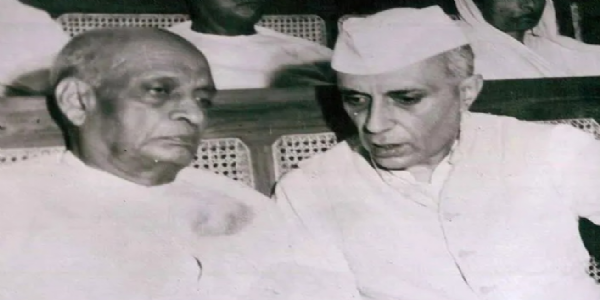Dreamers begin revolution & Jamsetji Tata proved it
There are quite a few humans who become immortal because of their deeds, who are capable of sharing the dream of their life with thousands and lakhs of people who further nurture the dream as their own. And with Late Jamsetji Tata, India had found one such precious gem during its most crucial times.
Total Views | 186
The Tata group annually celebrates Jamsetji Tata’s birth anniversary as their founder’s day, which is an important day not only for the business group but a day of pride for the nation. The role and contribution of Jamsetji Tata are vital in India’s freedom struggle, although no history books talk about him to the depth it should be. There are quite a few humans who become immortal because of their deeds, who are capable of sharing the dream of their life with thousands and lakhs of people who further nurture the dream as their own. And with Late Jamsetji Tata, India had found one such precious gem during its most crucial times.
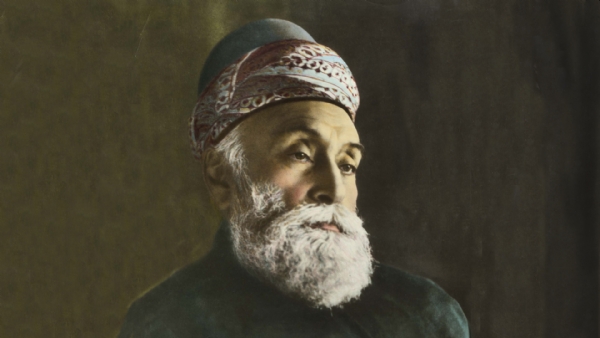 Born on March 3, 1839, in Gujarat’s Navsari, who knew this dreamer was going to revolutionize the nation and would become ‘the father of Indian Industry’. His family had fled from Iran, during the disturbing times when the Zoroastrian (Parsi) community was largely being targeted and were being persecuted in their own land by Arab Muslims. Belonging to a family of priests, young Jamsetji had chosen business as his fate. Jamsetji’s business journey starts from his father’s export business in Bombay that he joined in 1858. However, becoming a wealthy businessman was never his ultimate goal. Jamsetji belonged to a respected and reputed family in the pre independence society but not so much had he seen the wealthier side in those times.
Born on March 3, 1839, in Gujarat’s Navsari, who knew this dreamer was going to revolutionize the nation and would become ‘the father of Indian Industry’. His family had fled from Iran, during the disturbing times when the Zoroastrian (Parsi) community was largely being targeted and were being persecuted in their own land by Arab Muslims. Belonging to a family of priests, young Jamsetji had chosen business as his fate. Jamsetji’s business journey starts from his father’s export business in Bombay that he joined in 1858. However, becoming a wealthy businessman was never his ultimate goal. Jamsetji belonged to a respected and reputed family in the pre independence society but not so much had he seen the wealthier side in those times.
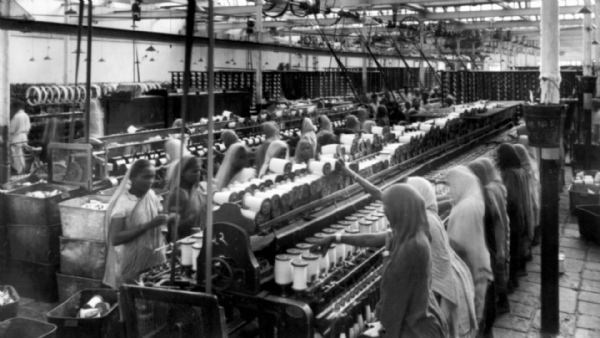
He first laid the foundation of a new chapter of his life as a businessman at the age of 29, when he founded the Alexandra Cotton mill in Mumbai’s Chinchpokli. He was interested in the cotton - textile industry, when he would travel to China while he was working for his father, to understand the intricacies of the opium trade. However, what Jamsetji perceived was that the cotton industry was booming and he found a good opportunity to initiate a prosperous business. After his first mill was set up in Bombay, however, Jamsetji decided to move away from the port city to further build his empire, and the city he chose for the same was Nagpur. Despite a lot of criticism, Jamshedji’s foresight proved his decision highly beneficial in the coming days and his textile business flourished in the coming times, especially because of being transferred to Nagpur.
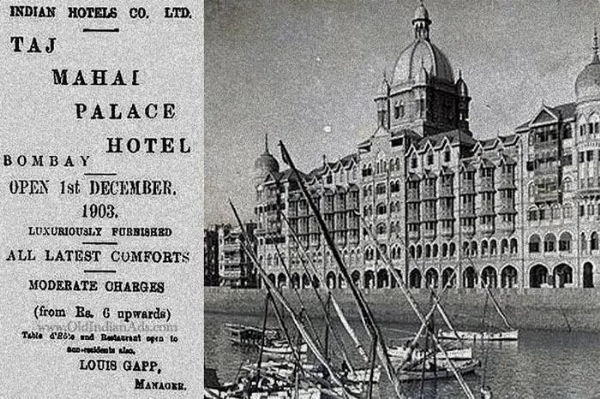
The Taj Hotel, which was one of the dream projects of Jamshedji acknowledges that the dreamer had merely four goals in his life; establishing an iron and steel company, a world-class learning institution, a unique hotel and a hydroelectric plant. However, during his lifetime only the hotel became a reality when the Taj Mahal Hotel was built at Mumbai’s Colaba with a seaview at the dawn of 20th century. With all that he had witnessed in the country, in the wake of independence, he was dedicated towards the sectors of education and healthcare and is recorded to have made generous donations for the same.
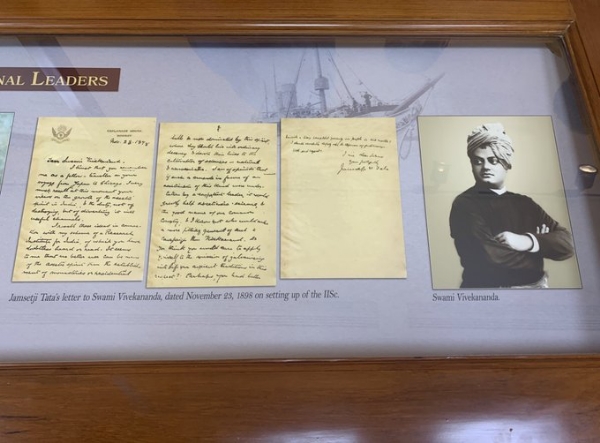
The Tatas archive a letter concerning the need of healthcare institutions in India that Jamsetji Tata had sent to Swami Vivekananda during his visit to Chicago. Jamsetji asks politely Swami Vivekananda about being the general to his campaign that he was raising to establish a Science research institute. Jamsetji writes;
“I very much recall at this moment your views on the growth of the ascetic spirit in India, and the duty, not of destroying, but of diverting it into useful channels.
I recall these ideas in connection with my scheme of a Research Institute of Science for India, of which you have doubtless heard or read. It seems to me that no better use can be made of the ascetic spirit than the establishment of monasteries or residential halls for men dominated by this spirit, where they should live with ordinary decency, and devote their lives to the cultivation of sciences – natural and humanistic. I am of opinion that if such a crusade in favor of an asceticism of this kind were undertaken by a competent leader, it would greatly help asceticism, science, and the good name of our common country; and I know not who would make a more fitting general of such a campaign than Vivekananda.”
According to R.M Lala’s ‘The Creation of Wealth’ (1981), in September 1898, Jamsetji announced an offer that was to astonish men of his day. He decided to set aside 14 of his buildings and four landed properties in Bombay (now Mumbai) for an endowment to establish a university of science. The proposal of Jamsetji was presented to the new Viceroy, Lord Curzon, in 1898, the day after his arrival in India. Curzon was lukewarm, and had two major doubts about the scheme. The first was whether qualified Indians would be forthcoming for such advanced scientific training. Secondly, whether there would be employment opportunities for them in a country that had no industries worth the name.
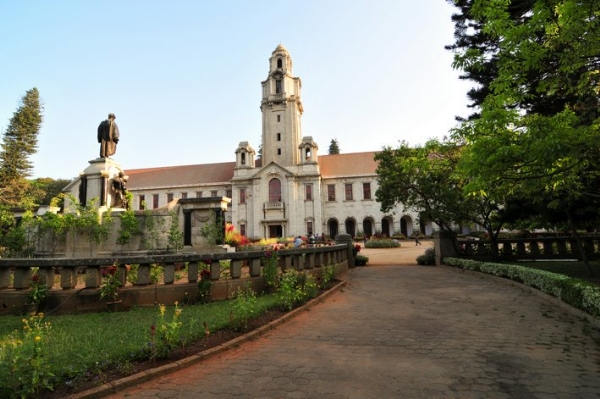
To report on Jamsetji’s scheme, the Secretary of State for India requested the Royal Society of England to send out an eminent scientist. They selected Professor William Ramsay, the discoverer of rare gases (including helium and neon), who was later to be awarded the Nobel Prize. After a quick tour of the country Ramsay reported that Bangalore (now Bengaluru) was a suitable site for such an institution.
R.M Lala, particularly mentions that the canvas that Jamsetji was working on was too vast for his contemporaries to fathom, far less to accept. Attacked by some coreligionists, denied cooperation from those he inducted into his business, confronted with an arrogant Viceroy who could not understand the greatness of the giver or of his gift, any other man than Jamsetji would have withdrawn the offer. In fact the British reckoned that he would.
But Jamsetji was not easily deflected from the accomplishment of his purpose. Unfortunately, while the scheme was still being considered and a provisional committee was looking into it, Jamsetji passed away. The following year, 1905, when Lord Curzon was on leave in Bexhill, he finally gave the green light to Dorab Tata, by agreeing that the Government would meet half the cost.
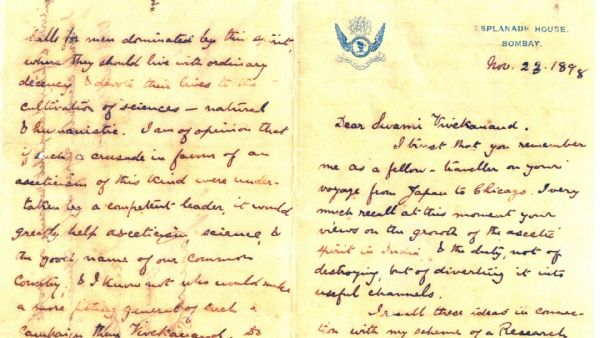
Swami Vivekananda shared his thoughts about IISc and Jamsetji’s dream and wrote, “We are not aware if any project at once so opportune and so far-reaching in its beneficent effects was ever mooted in India, as that of the post-graduate research university of Mr Tata. The scheme grasps the vital point of weakness in our national well-being with a clearness of vision and tightness of grip, the masterliness of which is only equalled by the munificence of the gift with which it is ushered to the public.”
Jamsetji’s dream was brought to reality after his demise and it has been nurtured ever since, by several generations over ages. That is the true power of a rational and modern India and Jamsetji Tata established the foundation of this India. Jamsetji’s contribution to the success of India’s freedom struggle and India recreating her identity in the modern world, being in touch with her ancient roots, is exceptional. The entire nation remembers him and pays respect to him on March 3, on the occasion of his birth anniversary.


He first laid the foundation of a new chapter of his life as a businessman at the age of 29, when he founded the Alexandra Cotton mill in Mumbai’s Chinchpokli. He was interested in the cotton - textile industry, when he would travel to China while he was working for his father, to understand the intricacies of the opium trade. However, what Jamsetji perceived was that the cotton industry was booming and he found a good opportunity to initiate a prosperous business. After his first mill was set up in Bombay, however, Jamsetji decided to move away from the port city to further build his empire, and the city he chose for the same was Nagpur. Despite a lot of criticism, Jamshedji’s foresight proved his decision highly beneficial in the coming days and his textile business flourished in the coming times, especially because of being transferred to Nagpur.

The Taj Hotel, which was one of the dream projects of Jamshedji acknowledges that the dreamer had merely four goals in his life; establishing an iron and steel company, a world-class learning institution, a unique hotel and a hydroelectric plant. However, during his lifetime only the hotel became a reality when the Taj Mahal Hotel was built at Mumbai’s Colaba with a seaview at the dawn of 20th century. With all that he had witnessed in the country, in the wake of independence, he was dedicated towards the sectors of education and healthcare and is recorded to have made generous donations for the same.

The Tatas archive a letter concerning the need of healthcare institutions in India that Jamsetji Tata had sent to Swami Vivekananda during his visit to Chicago. Jamsetji asks politely Swami Vivekananda about being the general to his campaign that he was raising to establish a Science research institute. Jamsetji writes;
“I very much recall at this moment your views on the growth of the ascetic spirit in India, and the duty, not of destroying, but of diverting it into useful channels.
I recall these ideas in connection with my scheme of a Research Institute of Science for India, of which you have doubtless heard or read. It seems to me that no better use can be made of the ascetic spirit than the establishment of monasteries or residential halls for men dominated by this spirit, where they should live with ordinary decency, and devote their lives to the cultivation of sciences – natural and humanistic. I am of opinion that if such a crusade in favor of an asceticism of this kind were undertaken by a competent leader, it would greatly help asceticism, science, and the good name of our common country; and I know not who would make a more fitting general of such a campaign than Vivekananda.”
According to R.M Lala’s ‘The Creation of Wealth’ (1981), in September 1898, Jamsetji announced an offer that was to astonish men of his day. He decided to set aside 14 of his buildings and four landed properties in Bombay (now Mumbai) for an endowment to establish a university of science. The proposal of Jamsetji was presented to the new Viceroy, Lord Curzon, in 1898, the day after his arrival in India. Curzon was lukewarm, and had two major doubts about the scheme. The first was whether qualified Indians would be forthcoming for such advanced scientific training. Secondly, whether there would be employment opportunities for them in a country that had no industries worth the name.

To report on Jamsetji’s scheme, the Secretary of State for India requested the Royal Society of England to send out an eminent scientist. They selected Professor William Ramsay, the discoverer of rare gases (including helium and neon), who was later to be awarded the Nobel Prize. After a quick tour of the country Ramsay reported that Bangalore (now Bengaluru) was a suitable site for such an institution.
R.M Lala, particularly mentions that the canvas that Jamsetji was working on was too vast for his contemporaries to fathom, far less to accept. Attacked by some coreligionists, denied cooperation from those he inducted into his business, confronted with an arrogant Viceroy who could not understand the greatness of the giver or of his gift, any other man than Jamsetji would have withdrawn the offer. In fact the British reckoned that he would.
But Jamsetji was not easily deflected from the accomplishment of his purpose. Unfortunately, while the scheme was still being considered and a provisional committee was looking into it, Jamsetji passed away. The following year, 1905, when Lord Curzon was on leave in Bexhill, he finally gave the green light to Dorab Tata, by agreeing that the Government would meet half the cost.

Swami Vivekananda shared his thoughts about IISc and Jamsetji’s dream and wrote, “We are not aware if any project at once so opportune and so far-reaching in its beneficent effects was ever mooted in India, as that of the post-graduate research university of Mr Tata. The scheme grasps the vital point of weakness in our national well-being with a clearness of vision and tightness of grip, the masterliness of which is only equalled by the munificence of the gift with which it is ushered to the public.”
Jamsetji’s dream was brought to reality after his demise and it has been nurtured ever since, by several generations over ages. That is the true power of a rational and modern India and Jamsetji Tata established the foundation of this India. Jamsetji’s contribution to the success of India’s freedom struggle and India recreating her identity in the modern world, being in touch with her ancient roots, is exceptional. The entire nation remembers him and pays respect to him on March 3, on the occasion of his birth anniversary.
Bharati Web





